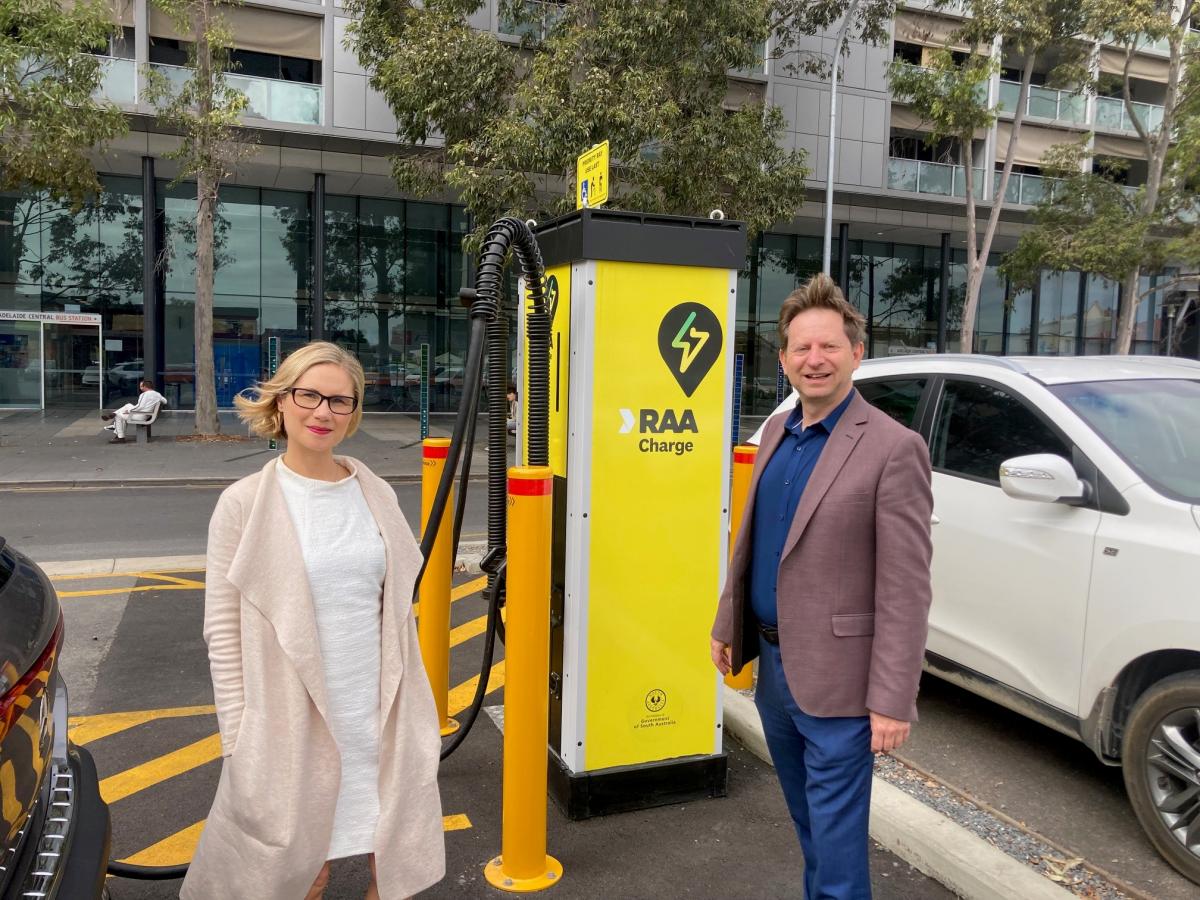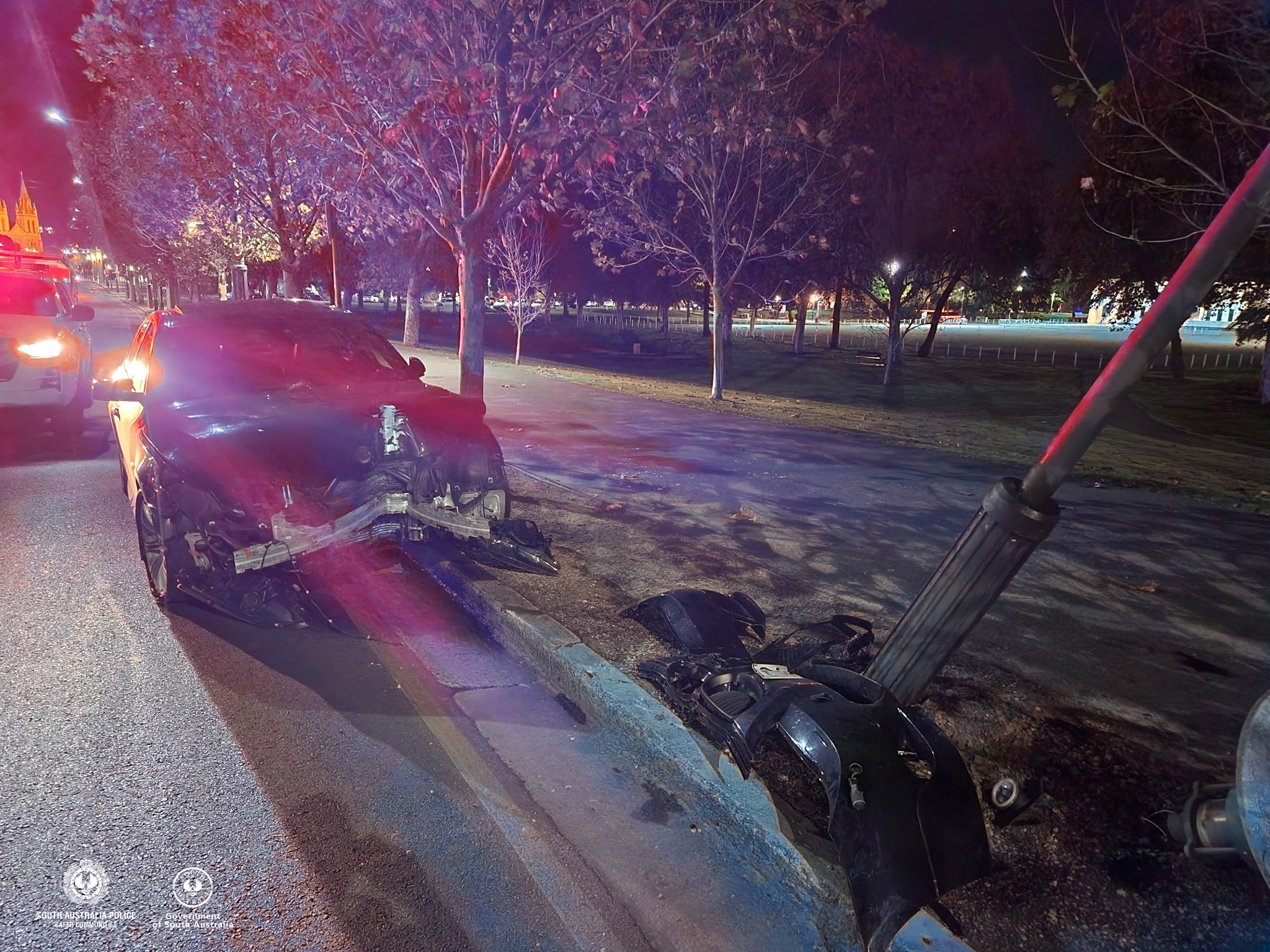
Adelaide Business School researchers Dr Tracey Dodd and Associate Head of Research Professor Ralf Zurbrugg have taken a closer look at the importance of stewardship in the automotive industry with an aim to improving sustainability.
Researchers from the University of Adelaide have taken a closer look at the importance of stewardship in the automotive industry with an aim to improving sustainability.
Stewardship describes circumstances where employees, organisations, or investors act to protect common economic, social and environmental assets for future generations.
Adelaide Business School researchers Dr Tracey Dodd, Head of Finance and Banking Associate Professor Chee Cheong, Professor Arvid Hoffmann and Associate Head of Research Professor Ralf Zurbrugg analysed the issue, which included reviewing existing publications in the area.
They found that to create a more sustainable industry, greater attention should be placed on business models that adhere to principles of the circular economy while more research should be done to bridge the gap between academic research and business practices.
“In the automotive industry, a circular economy entails designing, producing and using vehicles to minimise waste and maximise resource efficiency,” said Dr Dodd.
“This involves practices such as remanufacturing, recycling, and reusing materials and components to extend the lifecycle of vehicles.”
“Additionally, it encompasses the adoption of sustainable materials and technologies, as well as promoting services such as car-sharing and leasing to optimise vehicle utilisation.”
“By taking a comprehensive approach to stewardship, we can better understand the full impact of our actions on the environment and society and develop more effective strategies to address sustainability challenges.”Professor Arvid Hoffmann, Adelaide Business School, the University of Adelaide
Figures from the Australian Bureau of Statistics’ 2019 Motor Vehicle Census found the average vehicle is 10 years old.
“Research shows the need to improve extraction and production methods and further attention is also required to encourage greater recycling rates of valuable resources used in vehicles,” said Professor Cheong.
“Environmentally harmful practices linked to waste management and vehicle end-of-life treatment (e.g., automotive shredder residue that contains hazardous materials) also need to be addressed.
“In short, greater attention to the circular economy is required to reduce the use of new materials and to recover resources used within the automotive supply chain.”
Professor Hoffmann said one of the most pressing concerns in the research was the use of aluminium and other rare earth elements, such as copper, within the construction.
“Research shows the need to improve extraction and production methods; further attention is also required to encourage greater recycling rates of valuable resources used in vehicles,” he said.
Professor Hoffmann said a holistic and collaborative approach is needed to advance the industry’s approach to sustainability across all factors.
“By taking a comprehensive approach to stewardship, we can better understand the full impact of our actions on the environment and society and develop more effective strategies to address sustainability challenges,” he said.
The review also found car manufacturers have a greater role to play in changing perceptions around the industry’s environmental challenges.
The identification of opportunities and challenges, as well as best practices and innovations, will help create a more sustainable and resilient automotive industry, Professor Zurbrugg said.
“From this study, we hope for industry and academic to gain greater insights into how the principles of circular economy can be applied effectively in the automotive sector,” he said.
“By working together, we can accelerate the transition towards more sustainable mobility solutions.”
The research was supported by a diverse reference group, including the Battery Stewardship Council, the Electric Vehicle Council, the South Australian Department of Mining and Energy, Tyre Stewardship Australia, and the Victorian Department of Environment, Land, Water and Planning.






